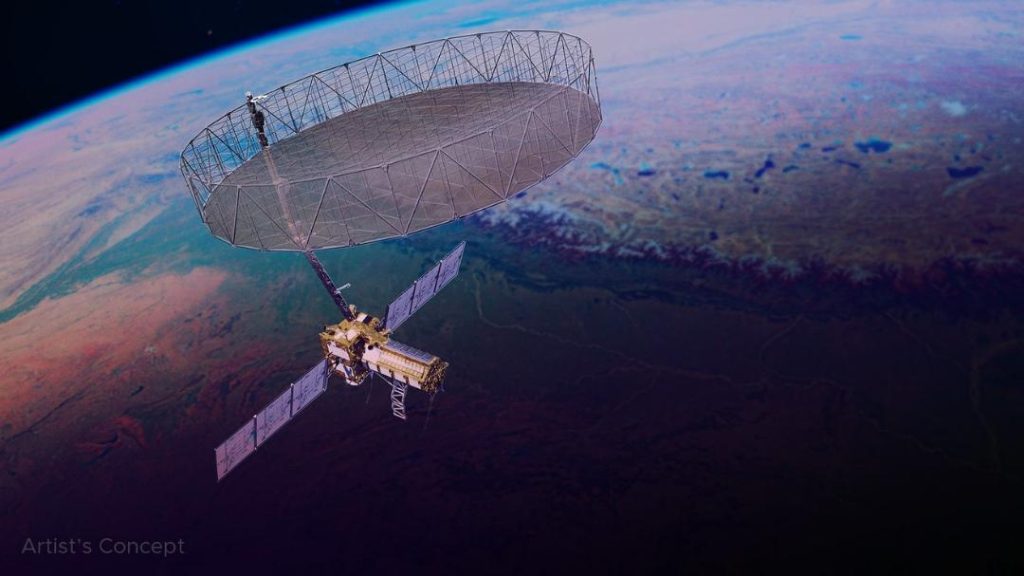
Giant Antenna Reflector on ₹13,000-Crore NISAR Satellite Unfurled
In a significant milestone, the giant antenna reflector on the ₹13,000-crore ISRO-NASA NISAR satellite has been successfully unfurled, 17 days after its launch into space. The reflector, which was stowed in an umbrella-like configuration, has been deployed and locked into place, marking a major achievement for the joint mission between the Indian Space Research Organisation (ISRO) and NASA.
The NISAR satellite, which is the world’s most expensive Earth navigation satellite, was launched on June 26, 2022, from the Satish Dhawan Space Centre in Sriharikota, Andhra Pradesh. The satellite is a collaborative effort between ISRO and NASA, with a total cost of ₹13,000 crores (approximately $1.7 billion). The mission aims to study the Earth’s surface and monitor natural disasters such as earthquakes, landslides, and hurricanes.
The giant antenna reflector is a crucial component of the NISAR satellite, as it will be used to collect radar data from the Earth’s surface. The reflector, which is the largest ever deployed for a NASA mission, measures 30 feet (9 meters) in diameter and is supported by a boom that extends from the satellite’s body. The reflector’s deployment was a complex process that required precise timing and coordination between the satellite’s systems.
According to NASA, the reflector was initially stowed in a compact configuration to ensure safe passage through the Earth’s atmosphere during the satellite’s launch. Once the satellite reached its final orbit, the boom that supports the reflector was deployed, and then the reflector itself was unfurled. The entire process was monitored and controlled from the ground control station in NASA’s Jet Propulsion Laboratory (JPL) in Pasadena, California.
The NISAR satellite is equipped with two advanced radar instruments, known as L-band Synthetic Aperture Radar (L-SAR) and P-band Synthetic Aperture Radar (P-SAR), which will use the giant antenna reflector to collect high-resolution data from the Earth’s surface. The data will be used to study the Earth’s surface topography, monitor natural disasters, and track changes in the environment.
The successful deployment of the giant antenna reflector is a major milestone for the NISAR mission, which is expected to provide critical information for a wide range of applications, including disaster response, climate change research, and environmental monitoring. The mission is also expected to demonstrate the capabilities of ISRO and NASA’s collaboration in space research and technology development.
The NISAR satellite is scheduled to operate for at least five years, during which it will collect data from the Earth’s surface and transmit it back to Earth for processing and analysis. The data will be made available to researchers, scientists, and policymakers around the world, providing valuable insights into the Earth’s systems and helping to improve our understanding of the impact of human activities on the environment.
In conclusion, the successful deployment of the giant antenna reflector on the NISAR satellite is a significant achievement for ISRO and NASA, marking a major milestone in the mission’s development. The reflector’s deployment paves the way for the collection of high-resolution data from the Earth’s surface, which will be used to study the Earth’s systems and improve our understanding of the environment.
Source:
https://youtu.be/7fvTqm8Lt2U






